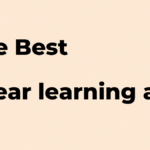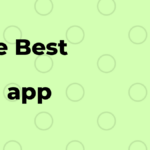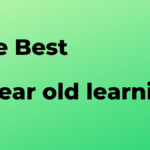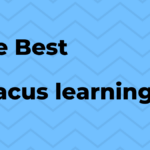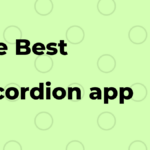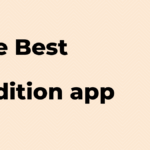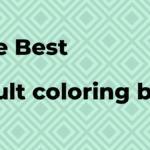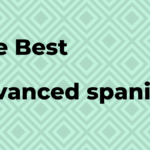People need a philosophy app because it can help them to better understand the world around them. It can also help them to think about different concepts and ideas.
A philosophy app must provide a way for users to explore philosophical concepts and arguments. It should also allow users to share their thoughts on these concepts and arguments, and to connect with other users who share similar interests.
The best philosophy app
The Philosopher’s Toolkit
The Philosopher’s Toolkit is a software development kit for creating software that is reliable, efficient, and secure. It provides a set of tools and libraries for developers to build reliable, efficient, and secure software. The Philosopher’s Toolkit includes the following components:
The Philosopher’s Toolkit is released under the GNU General Public License.
The Philosopher’s Way
The Philosopher’s Way is a self-help book written by Roman Krznaric. The book is divided into three parts: “The First Step”, “The Second Step”, and “The Third Step”. The First Step teaches the reader how to identify their personal philosophy and how to live according to it. The Second Step teaches the reader how to develop their philosophy further and how to apply it in their life. The Third Step teaches the reader how to keep their philosophy alive and how to pass it on to others.
The Mindful Brain
The Mindful Brain is a groundbreaking book that explores the science of how the mind works and how we can use mindfulness to improve our lives.
Drawing on cutting-edge research, Daniel Siegel, MD, and Richard Davidson, PhD, offer a unique and comprehensive understanding of the mind and its workings. They explain how mindfulness—a practice that has been used for centuries to focus attention on our present moment—can help us understand our thoughts, feelings, and experiences more fully.
The Mindful Brain offers readers a new way of looking at their own minds and at the world around them. It will change the way you think about yourself and your relationships with others.
The Art of Thinking Clearly
The Art of Thinking Clearly is a book written by the philosopher and cognitive scientist George A. Miller. It was first published in 1976 and has been reprinted several times. The book is divided into three parts: the first part discusses the nature of thinking, the second part discusses how to think clearly, and the third part provides a number of case studies.
Thinking, Fast and Slow
In Thinking, Fast and Slow, Nobel Prize-winning economist Daniel Kahneman tells the story of two systems in our brains that work differently. System 1 is fast and automatic, while System 2 is slower and more deliberative.
System 1 is responsible for our most basic thoughts and actions, like breathing or blinking. It operates quickly and without much thought. System 2 is responsible for more complex tasks like reasoning or planning. It takes time to process information and make decisions, so it’s often slower than System 1.
Kahneman shows how our experiences can change how these systems work. For example, when we’re stressed out, our system 1 becomes faster and more automatic. This is why we tend to make quick decisions under pressure – because it’s easier than thinking through the consequences.
But when we’re relaxed, our system 2 can take over and lead to better decisions. This is why it’s important to have a balance between the two – if we rely too much on System 1, we’ll make quick decisions without considering all the consequences, while if we rely too much on System 2 we’ll get bogged down in details that won’t matter in the long run.
The Big Book of Happiness
The Big Book of Happiness is a compilation of essays and illustrations that celebrates happiness. The book is divided into four sections: “The Science of Happiness,” “The Art of Happiness,” “The Practice of Happiness,” and “The Journey to Happiness.” Each section includes essays on topics such as mindfulness, gratitude, self-compassion, and happiness habits. The book also features illustrations from artists around the world, including Pharrell Williams, David Stone Martin, and Robin Roberts.
How to Be a Good Person: A Guide to Ethics and Moral Living
How to Be a Good Person is a guide to ethics and moral living that provides readers with the tools they need to make responsible decisions and live ethically. Written by renowned philosopher and educator William James, this book offers readers a comprehensive understanding of the concepts of good and evil, right and wrong, justice, mercy, and other important ethical concepts.
This book is divided into four parts: Part I covers the nature of good and evil, Part II discusses the principles of right and wrong, Part III examines justice, and Part IV offers guidance on how to live ethically. Each part includes helpful exercises that will help readers apply what they have learned.
How to Be a Good Person is an essential resource for anyone seeking to understand ethical concepts or live ethically responsibly.
How to Live a Good Life: A Path to Personal Fulfillment
How to Live a Good Life is a book that was written by the Dalai Lama. The book is about how to live a good life and how to find happiness. The book has many different sections that discuss different aspects of living a good life. One section of the book discusses how to be ethical and moral. Another section discusses how to have good relationships with others. The book also has sections on how to find meaning in life, how to be happy, and how to achieve success.
Zen Mind, Beginner’s
Zen Mind, Beginner’s is a book written by Shunryu Suzuki. It is a guide to the practice of zen meditation. The book begins with an explanation of the basics of Zen Buddhism and then goes on to describe how to practice zen meditation. It includes instructions on how to sit, how to breathe, and how to focus your mind. The book also includes advice on how to deal with difficult thoughts and emotions, as well as suggestions for ways to improve your practice.
Things to consider when choosing a philosophy app
-What philosophy do you want to learn more about?
-What type of app will best suit your learning style?
-Do you want an app that is interactive or a passive experience?
-How much time do you have to spend learning about philosophy?
Good Features
1. Ability to create and share your own philosophy essays.
2. Discussion forums for discussing philosophy with others.
3. A library of philosophical texts to read and explore.
4. A tool for tracking your philosophical progress over time.
5. An interactive map of world philosophy locations
The best app
1. The best philosophy app is the Philosopher’s Toolkit, because it is comprehensive and easy to use.
2. The best philosophy app is the Socratic Method, because it is interactive and allows users to explore different philosophical arguments.
3. The best philosophy app is the Philosophy for Life app, because it provides a comprehensive overview of philosophical concepts and their implications for everyday life.
People also search for
ethics, philosophy, semanticsapps.
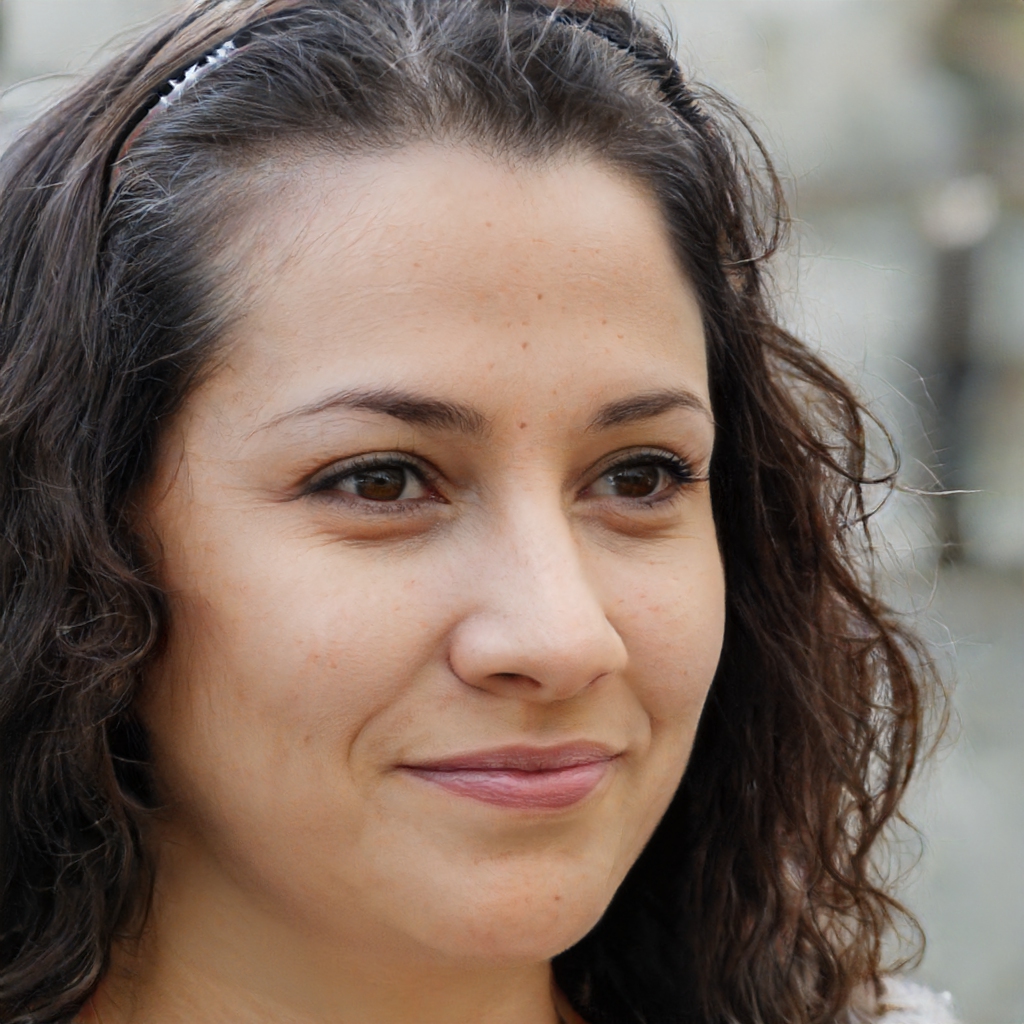
I love cell phones and technology, Star Trek, Star Wars and playing video games
